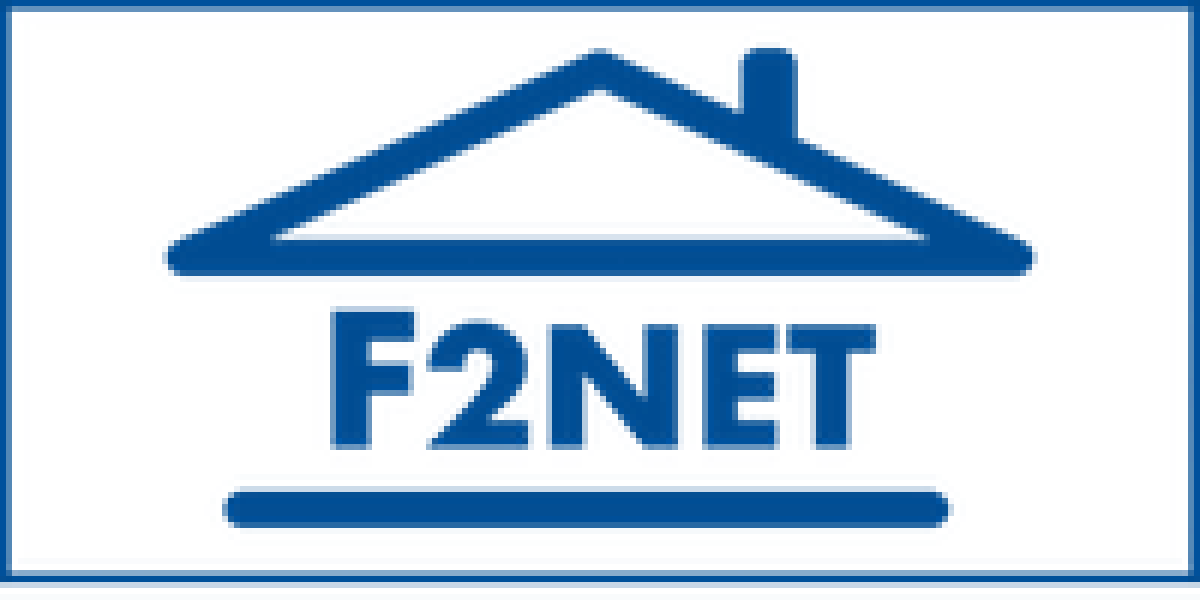f2net
Structured fiber radio networks in buildings
Today's building networks consisting of a mix of passive copper cabling and radio stations are no longer up to date in view of increasing fiber-to-the-home (FTTH) connections and growing mobility. The goal is to establish fiber optics as a backbone for active fiber-radio networks in buildings. In this project, further development of passive structured cabling technology will exploit the advantages of fiber-coupled network nodes for radio stations and multimedia outlets. Novel components with higher functionality and reduced energy consumption make the technology marketable.
Today, separate data networks are often used for the various tasks such as control (e.g. KNX), television (coaxial cable), telephone (twin-wire line), Internet (Cat5-7 cable, WLAN). In the future, these data networks are to be replaced by a single network medium - based on optical fibers - and a data network protocol (here Ethernet).
The basis and background of all considerations regarding the hybrid fiber-radio systems considered here is that in today's networks, the bandwidth available at the customer's site is ultimately limited by the bandwidth of the radio cells shared by all subscribers. Also, the range of radio stations is limited by obstacles such as walls. In addition, there are ongoing discussions and recommendations on the intensities of electromagnetic radiation that are harmless to health. In our considerations, this leads us to aim for the smallest possible radio cell structure (e.g., one radio cell per room, femtocell). These radio cells are connected by an optical backbone network of optical fibers, which provides a broadband link between the individual radio cells and between the devices and a wired network connection. The focus will be on polymer optical fibers (POF) as optical fibers. Advantages and disadvantages of optical fibers (GOF) will be compared with those of POF and a comparison with copper-based solutions will be made. The basis for this is the results achieved so far from the discussions of the so-called "MyPOF" group, a specialist group of OpTech-Net e. V.

